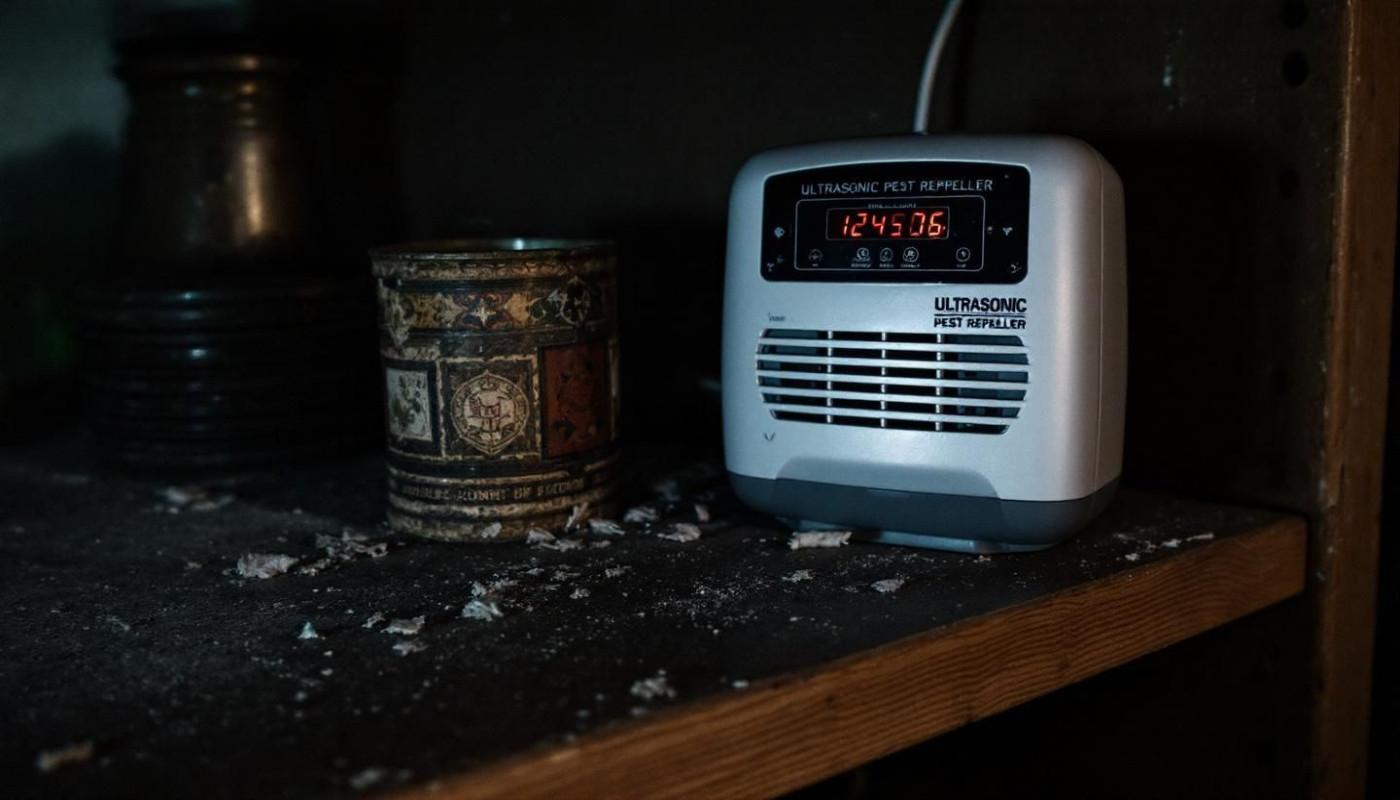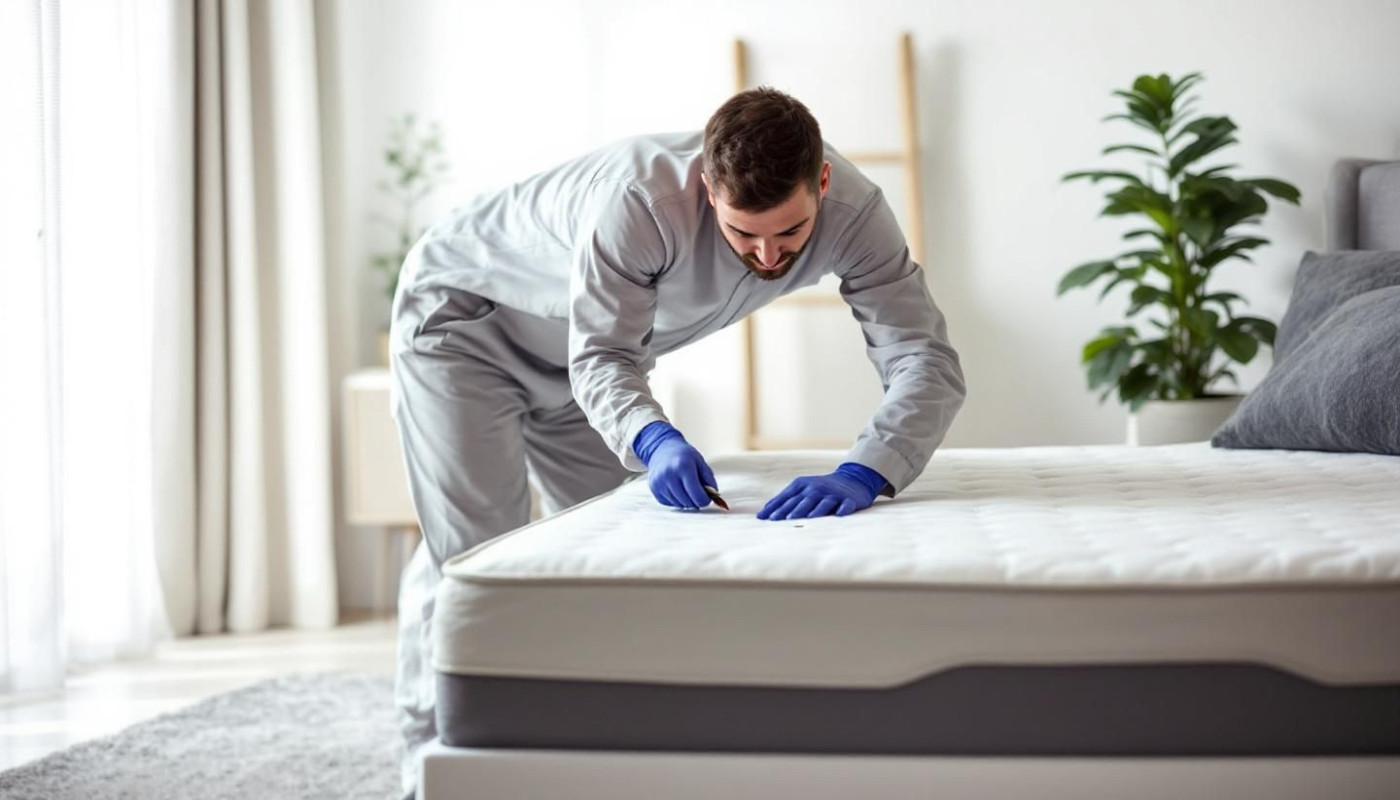Table of contents
Dealing with a bed bug infestation can be an overwhelming experience, disrupting your daily life and peace of mind. Understanding the proper steps to handle this situation efficiently is vital to regaining control of your home environment. Explore the following detailed guidance to learn how to effectively address a bed bug problem from detection to prevention.
Identifying the infestation
Recognizing a bed bug infestation begins with a careful, methodical assessment of your living environment. Understanding how to identify bed bugs is fundamental: look for small, reddish-brown insects, about the size of an apple seed, especially in mattress seams, box springs, and behind headboards. Obvious signs of bed bugs include tiny, rust-colored blood stains on sheets or pillowcases, dark fecal spots, shed exoskeletons, and clusters of eggs. Bed bug bites typically appear as small, itchy red welts often in linear or clustered patterns, differing from mosquito bites, which are usually isolated and more random. To improve bed bug inspection efforts, employ a flashlight and magnification tools to closely examine common harborage areas such as mattress tufts, baseboards, electrical outlets, and upholstered furniture. For those wondering where do bed bugs hide, focus on cracks, crevices, and any narrow spaces near where people sleep or rest. Swift and thorough early bed bug detection is vital, as untreated infestations can spread rapidly, leading to more severe outbreaks and complicating eradication efforts. Neglecting to address the issue early often results in increased health risks and expensive remediation, making immediate identification a key step in effective pest management.
Containing the spread
Upon detecting a bed bug presence, swift action is paramount to prevent bed bug infestation throughout the living space. Begin by isolating infested items in sealed plastic bags, a practice proven to significantly reduce the risk of cross-contamination. This step is particularly effective for clothing, bedding, and soft furnishings. Reducing clutter around sleeping areas not only limits bed bug hiding places but also makes inspection and subsequent treatment much easier. For personal belongings, heat treatment—such as laundering at high temperatures or placing items in a clothes dryer—effectively eliminates bed bugs in all life stages; conversely, items that cannot withstand heat may be placed in a freezer for several days to achieve similar results. It is vital not to move infested furniture or objects into other rooms, as this is how to stop bed bugs from spreading within a home and complicating eradication efforts. Improper handling of contaminated materials poses significant risks, as even a few overlooked insects can trigger a new bed bug quarantine scenario elsewhere. Immediate bed bug containment measures give the best chance of limiting damage, reducing costs, and restoring comfort in affected areas while keeping the infestation localized.
Thorough cleaning methods
Addressing a bed bug infestation requires a methodical approach for cleaning after bed bugs, focused on mechanical removal to significantly reduce their numbers. Start by using a vacuum with a HEPA filter, targeting all affected areas including mattress seams, bed frames, baseboards, and carpet edges. Move the vacuum slowly over surfaces to ensure maximum pick-up, paying special attention to crevices and joints where bed bugs hide. After vacuuming, immediately seal the vacuum bag or canister contents in a plastic bag and dispose of it in an outdoor trash receptacle to prevent re-infestation. For laundering bed bug items, wash all bedding, clothing, and soft furnishings from the infested room in the hottest water safe for the fabric, then dry on the highest setting for at least 30 minutes, as heat is lethal to bed bugs and their eggs. Steam treatment for bed bugs is especially effective for upholstered furniture and deep crevices; use a steamer producing at least 120°C (248°F) to penetrate hidden harborage sites. Maintaining frequent cleaning routines throughout the entire infestation period is necessary for ongoing control. For those in need of professional assistance, Get fast appointments to treat bedbugs in Montreal can be considered to ensure thorough and efficient eradication.
Seeking professional help
Contacting a qualified bed bug exterminator is an absolute necessity when an infestation is widespread, persists after initial attempts to eliminate it, or affects multiple rooms. While some individuals may consider do-it-yourself methods, these strategies often fall short due to bed bugs' ability to hide in tiny crevices, develop resistance to over-the-counter products, and reproduce rapidly. Professionals in pest control for bed bugs utilize advanced techniques such as integrated pest management, combining monitoring, targeted heat treatments, vacuuming, and chemical intervention to ensure thorough eradication. Choosing a licensed expert for professional bed bug removal guarantees the use of regulated, effective pesticides and comprehensive treatment plans. When hiring a bed bug professional, expect an inspection to assess the extent of the infestation, followed by a discussion of bed bug treatment options tailored to the specific situation. Throughout the process, technicians provide advice on preparation and follow-up measures, greatly increasing the likelihood of successful long-term control.
Preventing future infestations
After professional treatment, maintaining a bed bug-free environment demands consistent effort and proactive monitoring. Implementing comprehensive bed bug prevention tips is fundamental. Begin by conducting regular inspections of sleeping areas, focusing on seams, crevices, and behind headboards, as early detection is vital for stopping minor problems before they escalate. Clutter reduction throughout living spaces eliminates common hiding places for bed bugs, aiding quick identification of any new activity. Employ mattress encasement for bed bugs—specialized covers designed to trap and starve any surviving pests—thus safeguarding beds from future invasions and simplifying inspection routines.
In the context of how to prevent bed bugs after an infestation, caution is indispensable when acquiring secondhand furniture or accepting items from outside sources. Always inspect and clean these items thoroughly before bringing them indoors. Vigilance during travel is also necessary; inspect hotel rooms, keep luggage off floors, and launder clothing immediately upon returning home. Incorporating bed bug monitoring tools, such as interceptor traps placed under bed legs, enhances ongoing vigilance by providing clear evidence of new activity. Effective post-treatment bed bug care depends on a proactive mindset, with routine checks and immediate responses to any signs ensuring that infestations do not recur and peace of mind is maintained.
Similar

Discovering Wynwood Horizon: A Luxurious Haven in Meydan

Exploring The Safety And Effectiveness Of Ultrasonic Pest Repellers?

Smart home hacks affordable gadgets to automate your space

DIY Pop Art Canvas: Bringing Vibrant Colors To Your Living Space

